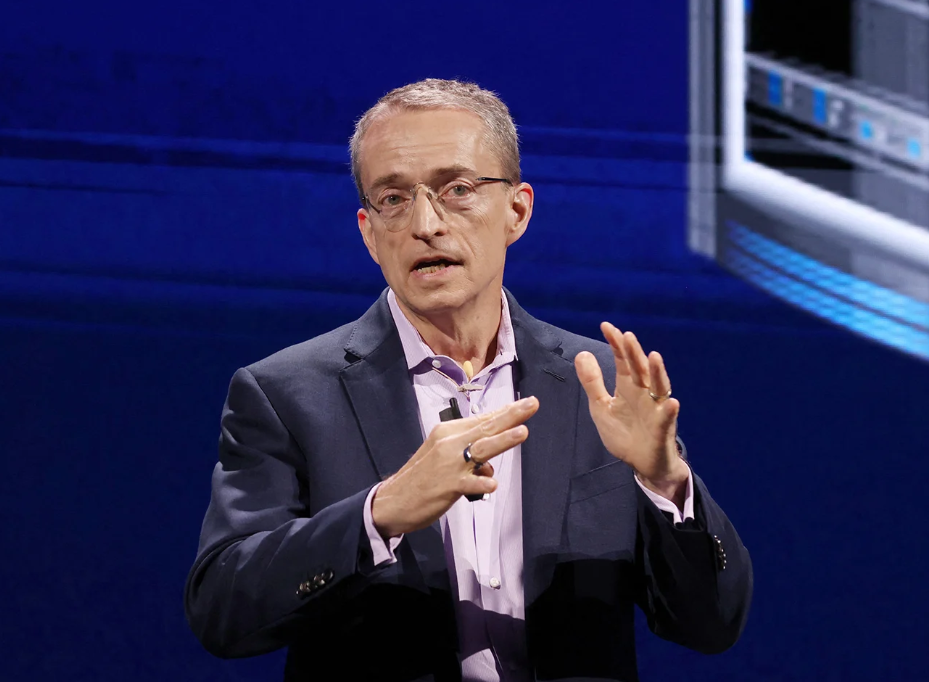Intel’s Chief Executive Officer (CEO) Pat Gelsinger has resigned from his position effective December 1. Before returning to Intel as CEO in 2021, Galsinger spent several decades at the company in various roles, including as chief technology officer (CTO). He left Intel to serve as the CEO of VMware, a software company.
After returning to Intel, Gelsinger faced a major challenge – to bring the company back to a competitive position. The company was facing intense competition, product delays and key talent exiting the company. However, Intel’s position deteriorated further during his tenure. It became clear that the company was lagging behind the wave of new technological advances, even though the US government had invested billions of dollars to boost domestic chip production.
Under Gelsinger’s leadership, Intel’s stock price fell by 61%. In early 2024, Intel announced it would cut 15% of its workforce, cutting costs by $10 billion. “We are trying to make fundamental changes in our operations,” Gelsinger said of the decision.
Intel, which once dominated the computer chip market, has been left behind by the wave of mobile technology over the past two decades. Then the artificial intelligence (AI) wave made Intel’s situation even worse. A year after Gelsinger became CEO, OpenAI introduced ChatGPT, which caused a worldwide stir. Meanwhile, a smaller competitor called Nvidia took a big step into the AI field. Today, Nvidia’s market value has reached 3.4 trillion dollars and it is the second largest company in the world. In comparison, Intel’s market value is only $104 billion.
Following Gelsinger, CFO David Zinsner and Client Computing Group General Manager Michelle (MJ) Johnston Holthaus have taken over as interim CEOs. In addition, Holthaus has been given responsibility for the newly created Intel Products CEO position, which includes management of data center and AI products.
The company’s president, Frank Yery, said, “We have made progress in improving the manufacturing process, but there is much more to do. We are committed to regaining the confidence of investors.”
Under new leadership, Intel is working on a bigger and more expensive strategy. The company is now changing its business model to produce processors for rivals like Apple. This will lead to direct competition with major chip manufacturers such as TSMC. The US government had announced $8.5 billion in aid to Intel under the CHIPS Act, but this aid has been reduced to $7.86 billion due to delays in the company’s projects.
The company’s prosperity depends on Intel’s new visionary policies and leadership, but drastic steps will be taken to change the current situation.

